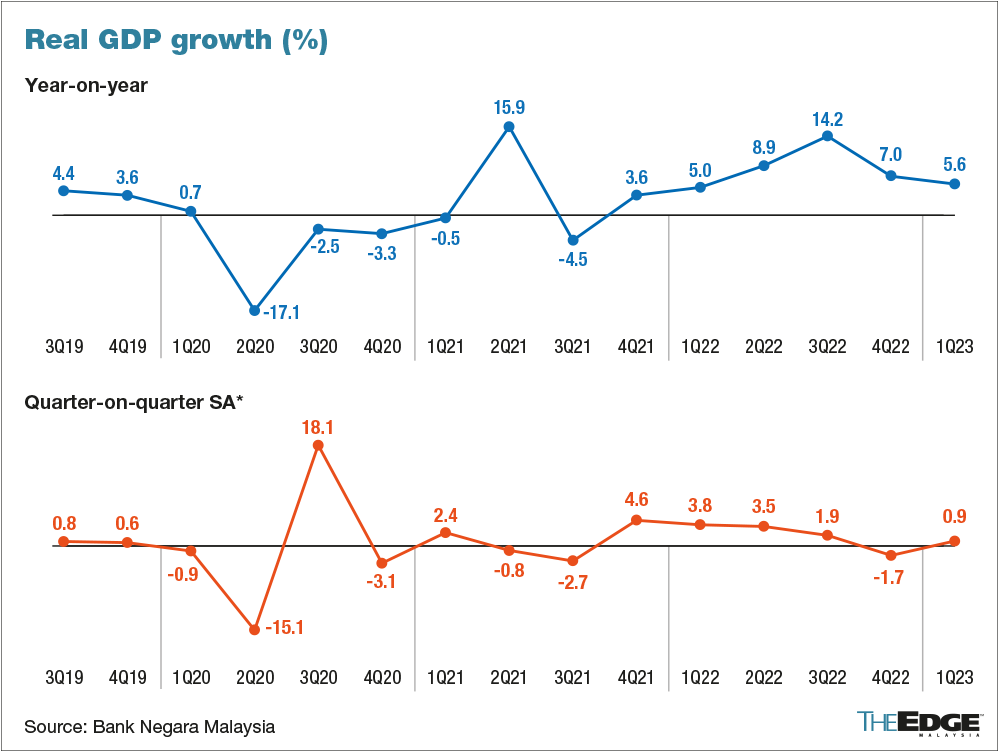When may inflation be too high?
These are still very useful averages as benchmarks for judging when inflation may be too high:
- Any emerging nation with a rate of inflation much above 4%, or
- any developed nation with a rate much above 2%.
Any country with high inflation has cause for concern.
High consumer price inflation is a growth-killing cancer.
This still holds true.
- In the short-term, rapidly rising prices compel central banks to raise interest rates, making it more expensive for businesses and consumers to borrow. High inflation also tends to be volatile, and its swings make it impossible for businesses to plan and invest for the future.
- Over the longer term, inflation erodes the value of money sitting in the bank or in bonds, thus discouraging saving and shrinking the pool of money available to invest in future growth.
Actions of central banks post crisis of 2008
In the slow growth-environment that took hold after the crisis of 2008, central banks often worry that inflation may be too low, not too high.
In developed countries, instead of raising rates to make sure inflation doesn't increase to far above a target of 2%, they now cut interest rates when inflation is falling too far below 2%.
Their big fear is that low inflation will lead to outright deflation - the dreaded but overblow "Japan scenario".
"Bad deflation" and "Good deflation"
History, in fact, shows that neither low inflation nor deflation are necessarily bad for economic growth.
Japan suffered a rare bout of "bad deflation" after the collapse of its stock and housing bubbles in 1990. Consumer demand dried up, prices started to fall and shoppers began delaying purchases in the expectation that prices would fall further. The downward spiral depressed growth for 2 decades.
However, deflation can also follow a new tech or financial innovation that lowers production costs and boosts economic growth.
If inflation is too high, it is almost always a threat to growth but the same cannot be said of low inflation. Even if low inflation threatens to devolve into deflation, it could be good for growth if falling prices are driven by new innovation and expanding supply rather than by depressed demand.
Need to control inflation in both consumer markets and financial market
Perhaps, the deepest flaw in traditional thinking, however, is that it still focuses on the kind of inflation that has largely disappeared.
- After the central banks won the war on high consumer price inflation, they cut interest rates to levels that have fueled a massive run-up in prices for financial assets, including stocks, bonds, and houses.
- And in recent decades, as we have seen, stock market and housing bubbles have been increasingly common precursors to financial crisis and recessions.
Traditional thinking fails to recognize the new inflation threat in the financial market
Economists have been very slow to recognize this new inflation threat, and central banks have been very slow to think outside their official mandates, which focus on stabilising the economy by controlling inflation in consumer prices only.
But successful nations will control both kinds of inflation, in consumer markets and in financial market.
No subject in economics is more paralyzed by traditional thinking than inflation, a term that generally refers only to the pace of increase in consumer prices, a once ubiquitous threat that has largely vanished in recent decades.
Central bankers and economists still tend to focus on consumer price inflation, even though it has largely disappeared and to ignore prices for assets like stocks, bonds and real estate, even though there is an increasingly clear link between real estate and stock market busts and economic downturns.



